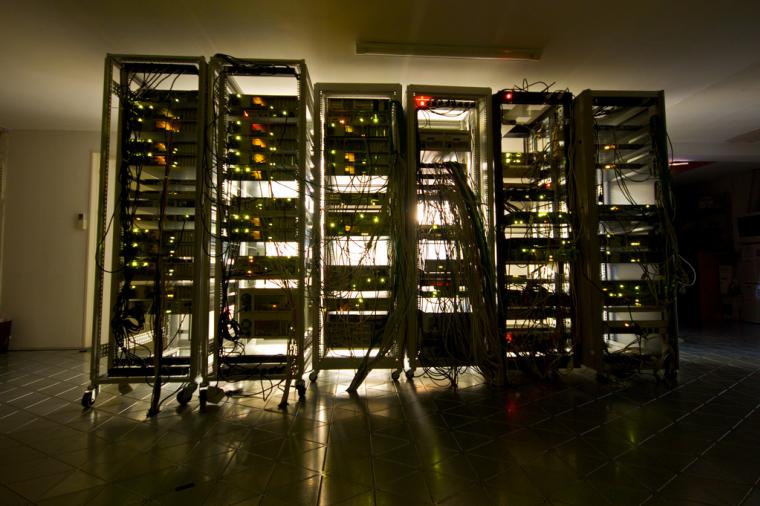ISP NetApp or SF HA 5.1 The industry’s leading Web caching solutions
The explosive growth of Web traffic is placing tremendous pressure on enterprises and ISPs. To meet these demands, organizations have had to increase investments in bandwidth, or be crippled by slowdowns in performance. But now there’s an intelligent way to manage this explosive growth. NetApp C700 series Web caching appliances. By distributing frequently viewed content closer to end users, NetCache appliances reduce network traffic up to 60% and increase performance by a factor of 10. NetCache appliances scale the existing bandwidth, eliminate the need for additional infrastructure and deliver a fast return on investment. The NetApp C700 series is unlike any other Web caching solution because of its unique appliance architecture, which provides reliability, deploy ability and ease of administration for both ISP and enterprise networks. NetCache appliances deliver unparalleled performance by providing native caching support for Internet protocols such as HTTP, FTP and NNTP.
The NetCache appliance was also designed for security with access controls, auditing and URL filtering. What’s more, a hardened TCP stack prevents common network attacks, even when it sits outside a firewall. Best of all, the NetCache appliance scales to meet traffic needs of the most demanding network environments.
VERITAS Storage Foundation 5.1 introduced some nice changes into the vxassist utility to support rudimentary allocation templates and volume attribute persistence. Support for these will allow environments running SF to start regularizing some of their operations related to volume-level provisioning. For example, you can standardize layouts of volumes created to support production databases versus development, or you can enable or disable stretch clustering based on some volume type name which could be centered on the name of an application that the volume might be created for.
These new changes are in stark contrast to the much more sophisticated ISP (Intelligent Storage Provisioning) template language that was added in 4.0 but that was dropped in 5.1. ISP was a large scale structural change that in the end just proved too complex. Instead, the new changes simply extend traditional vxassist functionality and syntax with rule files and the ability to remember and modify allocation time parameters.
This command will create a 100 gigabyte volume, mirror that volume between enclosures, and create an FMR3 recovery log.
One thing that it didn't do was remember what you had specified.
Certain configuration parameters (number of mirrors, number of stripes, most volume-level features) are remembered because they are fundamental to the volume's configuration state. However, policies such as "mirror=enclosure" are promptly forgotten. VxVM will remember that the volume was mirrored (a fundamental state), but will forget the "enclosure" as the mirror separation policy. As a result, on a volume grow, move, or add mirror operation, to preserve the full "mirror=enclosure" policy, you have to resupply it on the command line:
With that one addition, grow, move, and add mirror operations will automatically include the original policy parameters for subsequent operations.
With that out of the way, we can get to the other new capability: templates. You can now create the /etc/default/vxsf_rules to store named sets of vxassist attributes. A few attributes were added to support persistence and descriptions, but otherwise, the attributes are the same as those that vxassist has always supported.
This lists three simple rules. The first is intended to be used as a core "class" for all other rules. It specifies that all volumes should support a DCO type log for FMR3-style snapshots and mirror recovery, and specifies that any non-fundamental policies given in the allocation should be remembered. The second two rules create a 'protected' rule which creates volumes mirrored between enclosures, and a 'performant' rule which creates striped volumes.








































